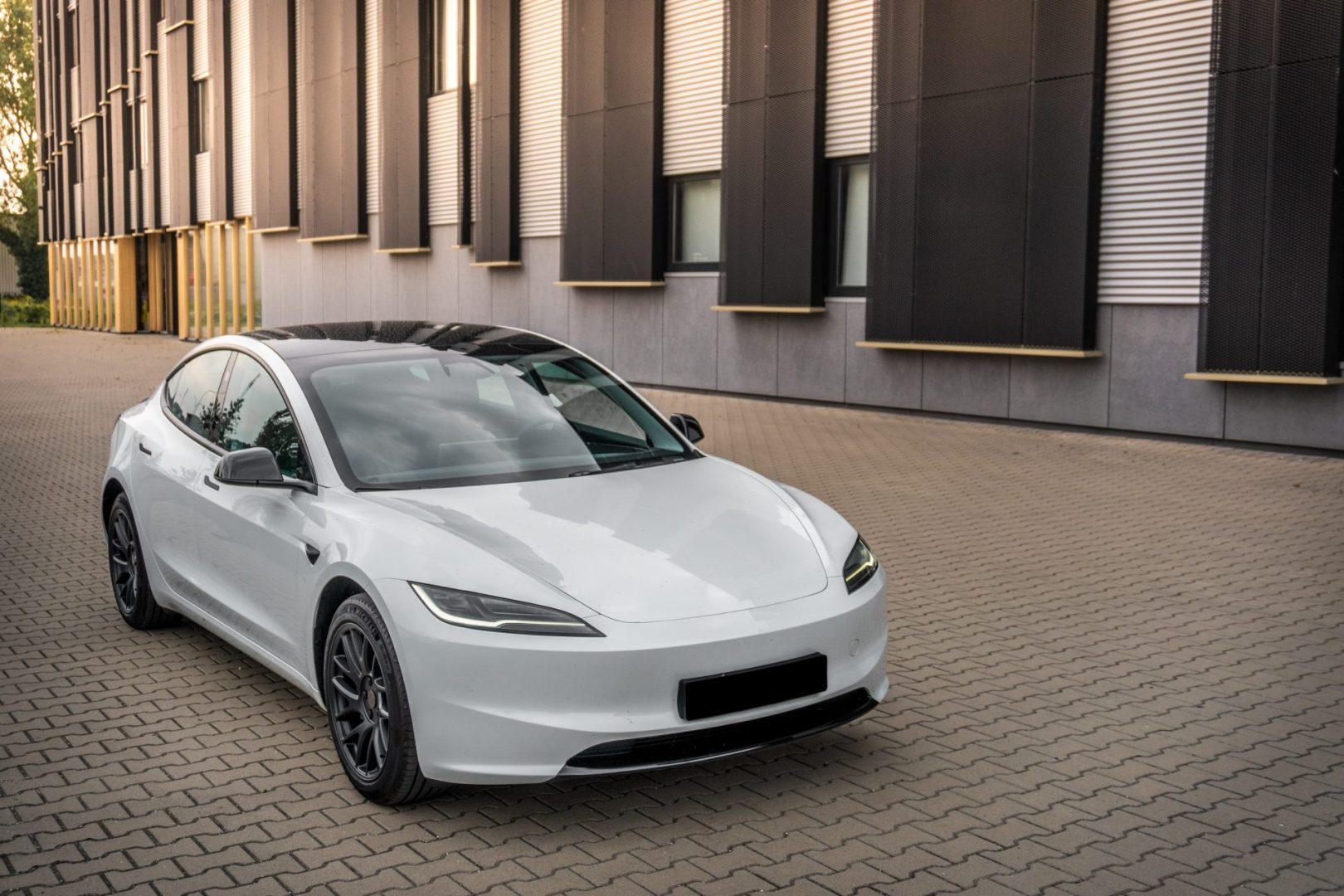4 powerful players shaping the future of autonomous vehicles in 2025

The autonomous vehicle industry stands at a crucial turning point as we approach 2025. While General Motors’ recent closure of Cruise marks a significant setback, other major players continue advancing toward a driverless future. This shifting landscape reveals both the tremendous potential and inherent challenges in revolutionizing transportation.
Waymo’s commanding lead in autonomous technology
Waymo has established itself as the clear frontrunner in autonomous vehicle development. Since its inception as “Project Chauffeur” in 2009, the company has transformed into a thriving commercial robotaxi service. The numbers speak volumes: over 4 million paid autonomous trips completed in 2024 alone, representing a dramatic increase from 700,000 trips the previous year.
The company’s expansion into San Francisco marked a crucial milestone, demonstrating its ability to navigate complex urban environments successfully. With a substantial $5.6 billion investment from parent company Alphabet, Waymo’s ambitious expansion plans include launching services in Austin and Atlanta by 2025, followed by Miami in 2026.
Tesla’s vision and challenges
Tesla‘s approach to autonomous vehicles continues to generate both excitement and skepticism. CEO Elon Musk’s recent unveiling of the Cybercab, a steering wheel-free two-seater planned for 2027 production, represents the company’s boldest step yet toward true autonomy.
However, Tesla’s journey hasn’t been without controversy. While its Autopilot and Full Self-Driving systems continue evolving, they still require human oversight. The gap between Musk’s ambitious promises and actual deployment capabilities has led to growing skepticism about Tesla’s timeline for achieving full autonomy.
Zoox’s innovative approach to autonomous transportation
Amazon-owned Zoox has distinguished itself through innovative vehicle design and strategic market positioning. Their unique autonomous shuttles, designed without traditional controls and optimized for passenger comfort, represent a fresh perspective on autonomous transportation.
The company’s methodical approach to testing and deployment has yielded promising results. With permits secured for passenger transport in Foster City, California, and expansion plans for Las Vegas and San Francisco, Zoox demonstrates careful consideration of both technology development and public safety.
Learning from Cruise’s exit
The closure of GM’s Cruise operation, following a $10 billion investment, serves as a sobering reminder of the challenges facing autonomous vehicle development. Despite initial success, operational difficulties and safety concerns led to the company’s unexpected exit from the market.
This development highlights the complexities involved in deploying and maintaining a robotaxi fleet, emphasizing the need for careful consideration of both technological capabilities and operational requirements.
Safety considerations and regulatory landscape
Safety remains paramount in autonomous vehicle development. Companies must navigate complex regulatory requirements while maintaining public trust. Recent incidents and subsequent regulatory responses underscore the importance of thorough testing and transparent safety protocols.
The impact on urban transportation
The advancement of autonomous vehicle technology promises to reshape urban transportation fundamentally. As companies expand their services, cities must adapt their infrastructure and regulations to accommodate these new mobility options.
Economic implications and market growth
The global ride-sharing market continues expanding, with autonomous vehicles poised to play an increasingly significant role. Industry analysts project substantial growth in the coming years, despite current challenges and setbacks.
Technology development and innovation
Continuous technological advancement drives the autonomous vehicle industry forward. Companies invest heavily in improving sensor technology, artificial intelligence, and vehicle-to-infrastructure communication systems.
Public acceptance and adoption
Consumer acceptance remains crucial for the widespread adoption of autonomous vehicles. Companies must balance technological capability with user experience to build trust and encourage adoption.
Environmental considerations
The shift toward autonomous vehicles intersects with broader environmental concerns. Companies increasingly focus on developing electric and sustainable autonomous solutions to address climate change challenges.
Looking toward the future
As we move toward 2025 and beyond, the autonomous vehicle industry continues evolving rapidly. While challenges remain, companies like Waymo, Tesla, and Zoox demonstrate the potential for safe, efficient autonomous transportation solutions.
The journey toward fully autonomous vehicles requires persistent innovation, careful attention to safety, and strong partnerships between technology companies, regulators, and communities. Despite setbacks like Cruise’s exit, the industry’s trajectory suggests we’re moving steadily closer to a future where autonomous vehicles become an integral part of our transportation landscape.

